
Become a full stack Python Django web developer (Everything you need to know)
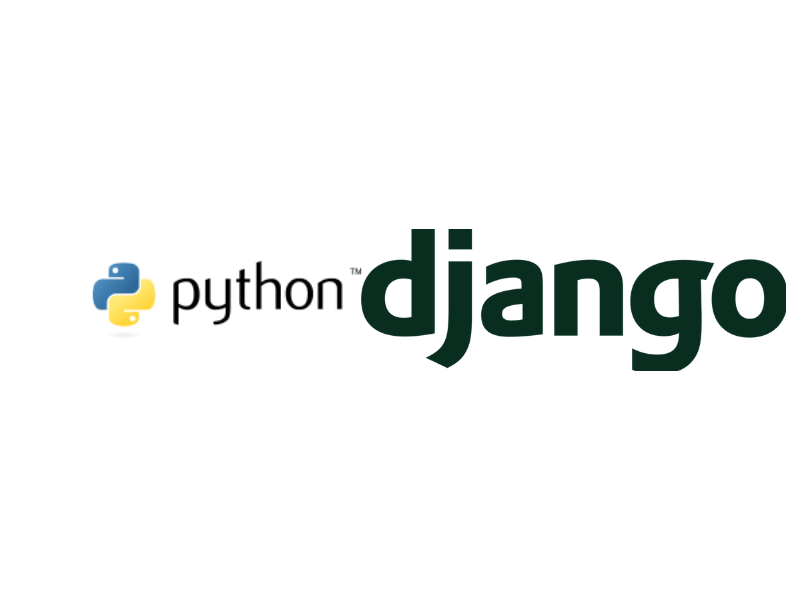
In this age of the internet, it is impressive to see how you can reach people around the world, whether it’s your neighbour or million other earthlings on the planet earth. To scale and reach such an audience, you must start by building a web application.
You may use various technologies and programming languages such as Python, JavaScript, Java, Go, PHP, e.t.c, to develop web applications that can reach millions of people worldwide.
In this comprehensive guide, we’re going to focus on Python.
Becoming a full-stack Python web developer
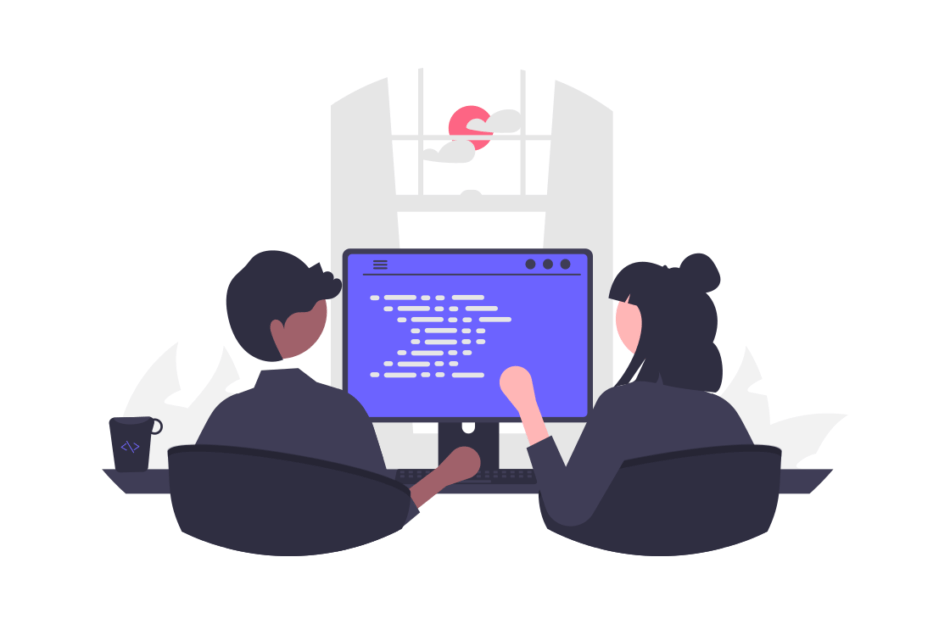
You can be a full-stack web developer by learning the most beginner-friendly programming language, Python.
And build high-end smart websites using Python.
Python is a versatile programming language that you can use in different fields, that include:
- Engineering,
- Data science,
- Machine learning,
- Robotics,
- Information and computer security,
- Software development, and
- Web development.
- Among many others.
For web development, there are a couple of web frameworks, such as Django and Flask, that you can use to develop small to large web applications.
Python is enough for web development, provided you know HTML, CSS and probably some JavaScript.
You can develop a fully functional website using Python web frameworks such as Django or Flask while adding HTML and CSS for styling web pages and JS for animation.
The best Python web framework
There are many Python web frameworks, and it can be hard for a beginner to know which framework to start with.
Examples of Python web frameworks include Django, Flask, Bottle, web2py, and CherryPy, among many others.
Choosing among these frameworks can be hard, especially if you don’t know where to begin.
So, which web framework is best for a Python web developer?
Django is the best Python web framework if you want to be a serious web developer. Django offers one of the best features that enhance web security, performance, reliability, and development process of a web application.
Besides, these features enable web developers to comply with the best web development practices, which include
- Code reusability,
- Rapid development,
- Abstraction,
- Code refactoring,
- and KISS (Keep It Simple, Stupid), among many others.
Django is the best web framework for backend web development because:
1. Django is easily integrated with popular database systems such as PostgreSQL, MySQL, and MariaDB.
Django makes adding, updating, viewing, and deleting data from relational SQL databases easy.
2. Object Relational Mapper (ORM) helps Django developers create SQL statements using Python code.
Python Django allows web developers to define database schema without using a single line of SQL code.
Django ORM allows the translation of Python code into SQL code.
The translated SQL code can be executed and create persistent tables and data in the database.
When using Django, you do not need to write SQL commands – you use Python code that generates SQL queries for manipulating the database and producing results.
3. Writing business logic for your web applications is easy on Django applications.
Django comes with out-of-the-box functionalities and features, so you do not have to code some functionality such as security from scratch.
Functionalities such as security, admin interfaces, scalability, e.t.c, are already implemented in Django applications as default.
As you do not have to reinvent the wheel while coding the required functionalities of a web application, Django gives you time to focus on developing the business logic of your web solution.
Thus, it saves you time and cost.
In general,
Advantages of Django are:
Django is a very flexible web framework enabling Django developers to implement custom features such as filtering, tagging, e.t.c, to their Django websites.
Scalability, allows you to develop small to large web applications that can handle large traffic.
Django encourages rapid development allowing you to build complex and database-driven smart websites fast.
Python Django allows you to create web applications within short deadlines.
Moreover, the short deadlines do not have to compromise the quality of the web applications because Django implements the best reliability, performance, and security measures out of the box.
Django offers high security to your web applications out of the box. You do not have to code security features from the scratch.
In short, what is Python Django?
Python Django is a Python web framework used to develop web applications or smart websites that are:
- Scalable,
- Offer better security,
- Performance-optimized and are
- Developed within the shortest time.

Python Django is a web framework written in Python, meaning that learning Django suits beginners and experts in Python programming language.
Whichever your Python mastery is,
Django is the perfect web framework you can use to develop smart websites that are scalable from simple to most advanced web applications, reaching millions of users.
Besides, if you want to enhance your career and become a freelance web developer,
Django web developers receive fat pay and vast opportunities allowing you to work on your own time and terms.
More freedom, developer!
However, your goals may not align with developing large websites initially but simple websites.
In this case, learning Django will be overkill.
Learn a more straightforward and lightweight Python web framework, Flask, another web framework you can use to create simple web applications.
In this guide, we’re going to focus on full-stack Python web development.
Python Django is the best technology for developing medium to large smart websites or web applications.
And what do you need to know before you learn Django?
As a full-stack web developer, you must be knowledgeable in HTML, CSS, and JavaScript frontend frameworks such as React to design beautiful and responsive websites.
The technologies easily integrate with Django and are straightforward to set up.
How do Django, HTML, and CSS work together?
Python Django is used to develop mobile-friendly applications integrated with CSS or any CSS frameworks such as Bootstrap.
While Django is used to handle the business logic part of your web solutions, HTML and CSS or CSS frameworks such as Bootstrap are used to design the layout of your web applications.
Moreover, Django is easily integrated with CSS because you have to link the styling files in your Django template files.
For CSS frameworks such as Django, installing them on Django projects is very easy.
- Some CSS frameworks may be linked to a Django project using CDNs such as cdn.jsdelivr.net or serving them locally.
- Alternatively, you may install the Bootstrap CSS framework,
django-bootstrap-v5, a Python package installed using pip to integrate the Bootstrap CSS framework with your Django project.
Here is the link to follow if you want to install and use Bootstrap in your Django projects: How to Integrate Bootstrap and Django
For more advanced web development projects that deploy enhanced features such as web APIs, you can integrate Django with frontend frameworks such as React.
React is a JavaScript frontend framework used to design beautiful web pages.
You can use Django as the backend framework and React as the frontend framework for your Django applications.
The advantage of using Django on the server-side of your web application and React on the client-side
- Reduces the server load
- Increases Django website’s performance
- Enhances the efficiency of your website, serving a large number of users.
How do Django and React work together?
Django will only return data in the form of JSON to the frontend React application.
React will be responsible for generating HTML pages and rendering data sent when a user accesses a page on your website.
Therefore, with HTML, CSS, and JavaScript, you can be a full-stack Python web developer and develop a lucrative career around Python, CSS, and JavaScript technologies.
That is the surface level of how Django works.
To get deeper into Django, you need to understand the programming language used in Django and the database management systems you can use for your Django web applications.
The programming language used in Django
Python is the programming language used in Django.
When developing web applications with Django, you will use Python code and syntax implemented in the form of variables, functions, conditional statements, and class declarations.
Whenever you want to create a variable in Django, you will use the same variable declaration used in Python.
For example, in Python, you declare a variable using the following syntax:
first_name = ‘Hoof’
The variable syntax declaration follows a left-hand side, an equal sign, and the right-hand side format.
The left-hand side is the variable name, the right-hand side has the value, and the equal sign associates the characters ‘Hoof’ with the variable name, first_name.
The same syntax is implemented in Django web applications.
To declare the admin email for your Django web application, you may use a variable to use globally in your Django project.
Here’s how you would do it:
ADMIN_EMAIL = ‘[email protected]’
The same syntax and implementation used when writing functions and classes in Python is the same implementation in Django.
In Django, you can create a view using a Python function or class.
A view in Django is the block of code that defines the response received by a client – what the user will see upon visiting a page on your website.
Here’s how you create a view using a function in Django:
def contact_page_view(request):
return HttpResponse('You are viewing the contact page')
Here’s how you use a Python class to return to a web page a list of all the blog posts in your Django web application:
class BlogPostsListView(ListView):
queryset = BlogPost.published.all()
context_object_name = 'blogposts'
template_name = 'list.html'How you write a function or class in Python is the same you would write in Django.
If Python and Django use the same syntax, What is the difference between Python and Django?
Python and Django are two different technologies, where Python is a programming language while Django is a web framework.
The two technologies serve different purposes where
Python is used as a programming language to build software solutions in the fields of machine learning, web development, data science, robotics, e.t.c.
One of the solutions that Python has been used as the primary programming language is in the development of Django.
Django is a Python web framework used purposely for web development.
Django is used to develop smart websites or web applications that can store data in a database, remember things and users, and be accessible on the internet.
When developing web applications using Python, there is no distinction between Python and Django and which should be better to use.
You will use Python and Django code when developing smart websites using Django.
Because of this, you will have to learn Python, understand the basics and more advanced concepts, and then take a Django course.
In a Django course, you will learn how Python concepts such as object-oriented programming, inheritance, code reuse, e.t.c, are implemented to develop Django web applications.
Should I learn Python or Django first?
Before you start learning Django, you must have experience programming in Python.
Why?
Django is written in Python programming language.
Thus, you are required to understand basic and more advanced Python programming concepts, such as
- Object-oriented programming,
- Inheritance,
- How functions work,
- Classes, e.t.c, before learning Django.
Suppose you have no experience in Python programming language. In that case, you will not understand the concepts applied in Dango, such as functions, classes, object-oriented programming, e.t.c, to realize fully functional websites.
If you want to learn Django, learn Python first.
Later, you may learn Django, which will be easier because you will apply concepts learned in Python when developing web applications.
Is Django necessary for Python?
In programming, everything boils down to the objectives of why you’re learning to program or learn new web technology.
Before you start a course or learn a new programming language, it is important to think about why you are doing it in the first place.
Do you want to be a freelance web developer, gain more skills in your current job, start a business, learn for fun, or be employed?
Whatever the reason, it is helpful to think about the goal before learning a new programming language, framework, or software development technology.
Sit down, relax, and think about why you’re learning Python, Django, or any other technology.
So, back to whether Django is necessary for Python.
Learning the Django web framework is not necessary after learning the Python programming language. If your goals do not align with web development, learning Django should not be required.
Maybe you want to be a data scientist, do machine learning, do web scraping, or use Python in engineering fields such as robotics.
In these few cases, learning Django will not be necessary because you will not be building smart websites but analyzing data or developing robots.
When your career or goals do not align with developing smart websites and web APIs, then learning Django will be a waste of time.
Perfect the skill or software/web development technology that aligns with your goals.
On the other hand, if your career goals align with web development, a field that requires the presentation of data in the form of smart websites, or API development, Django is a perfect match for you.
Learning Django after Python will be necessary if your goals align with developing smart websites or web applications.
The reason is that Django is the best web framework for developing web applications fast, offering you the necessary features that you may use to realize your web development goals and gain more experience career-wise.
Other times your web development skills may be required when you venture into other careers such as machine learning.
You will be required to learn more than two careers or technologies in such scenarios.
Should I learn Django or machine learning?
Another scenario where you may consider Django necessary after learning Python is on machine learning applications that require first-hand information.
Machine learning projects require tonnes of data to produce reliable results.
And, what good place to collect real-world data other than machine learning web applications.
You can utilize the power of Django to create smart websites that integrate with machine learning with the goal of improving user experiences.
Besides, be able to curate these experiences using machine learning models.
Therefore, learn Django if you want to develop machine learning web applications and deploy them on the internet.
Django is a great web framework that is easily flexible and compatible to integrate with other technologies such as machine learning and data science solutions.
You should learn Django and machine learning if you want to develop curated user experiences, collect real-world data, and improve web application efficiency by using a web application.
However, if your goals are purely machine learning and data manipulation without the involvement in developing web applications for your solutions, Django will not be necessary.
Only use Django if your projects require the technology.
For example, develop scalable web applications and web APIs as part of your software solution.
Learn Python Django web framework if your goals align with web development.
If you want to be a web developer, Python Django should be on the top of your list because it offers vast features and capabilities for your web development career.
You will use Python Django to develop
- Scalable,
- Most secure,
- Fast, and
- Efficient web applications using a rapid development approach.
Django encourages
- DRY (Don’t Repeat Yourself),
- Inheritance,
- Modularity, and
- Code reusability
The aim is to allow you to develop Django web applications fast.
Besides, you don’t compromise on a web application’s security, efficiency, and performance when developing it using a rapid development approach.
Django comes with battery-included functionality that ensures your web application achieves the best security, performance, and efficiency.
Getting started with Django: What should I learn before Django?
Before taking a course to learn how to program web applications using Django, you will learn Python first.
Django is written and implemented in Python programming language, so you must learn Python’s basic and intermediate concepts.
These concepts include the use of Python classes, functions, and inheritance, among others, are needed to implement web application functionalities such as:
- Creating pages,
- Defining URLs or links, and
- Manipulating data in the database.
And, how much Python should you learn to start using Django?
Well, after understanding the intermediate Python concepts, such as the implementation of
- Classes,
- Conditional statements,
- Data types, and
- Functions, you should learn Django.
If you solely want to focus on a Django web development career, understanding the Python programming language will save you a lot of time learning Django.
Provided you know Python, Django will be very easy to learn and understand how concepts are implemented to realize Django web applications.
On top of that, Django is very easy to learn.
The implementation used in the Django application follows Python syntax and concepts.
Python is one of the most beginner-friendly programming languages.
Python uses English-like syntax, making the programming language easy to understand and follow through learning materials such as tutorials, courses, or books.
It is very easy to learn Django and will probably take you a few months when you know Python concepts, syntax, and rules.
As you will be developing web applications using Django, should you know HTML, CSS, or Bootstrap?
Learning HTML, CSS, and Bootstrap is required before you start learning Django if you want to be a full-stack Django developer.
Learning HTML, CSS, Bootstrap or any other CSS framework will help you understand how the web works, how web pages are created, how URL or links in a website works, and how pages are styled.
On another permutation, you may implement your Django applications in two parts: server-side and client-side.
On the server-side (where you have purchased your hosting service) of your smart website, you will use Django to process requests sent to the server from the client applications.
On the client-side of your Django web applications, you may prefer to use frontend frameworks such as React to render data received from the server-side.
Django is easily integrated with the frontend frameworks such as React, using APIs.
Django Rest Framework package allows you to create APIs that can be consumed by other services that may include frontend frameworks.
So, to develop smart websites using the server-client approach, you must learn JavaScript and frontend frameworks such as React.
What you can build with Python Django
There are different types of web applications that you can build using Django, ranging from small to huge web applications such as Instagram, Spotify, DropBox, Pinterest, e.t.c.
You are not limited to what you can build using Python Django.
Django can also be easily integrated with other technologies or systems making it easier to connect your Django web applications with a vast array of software solutions.
You can easily integrate Django with
- Machine learning applications,
- Data science,
- Artificial intelligence,
- Mobile app development and other advanced technologies that we have and are continuing to emerge.
With all these capabilities and features that Django offers, does it mean that Django isn’t offered for free?
You can download and use Django for free without purchasing a license.
Python Django is an open-source Python web framework that is free for commercial use.
You can use Django for anything you think of and on any type of project.
Types of projects you can build with Django
Django is a suitable web framework for small, medium, and large projects.
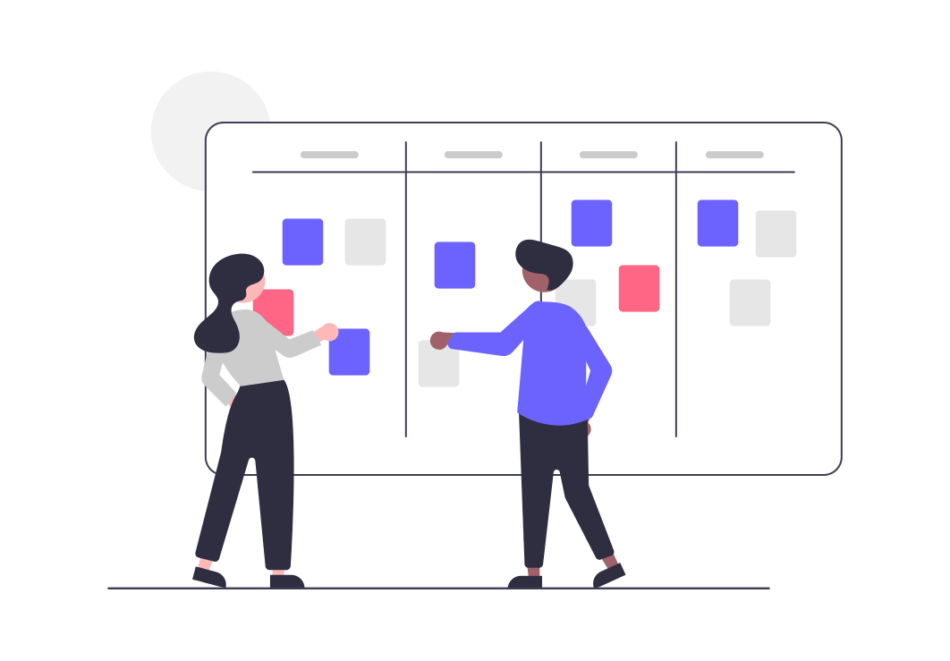
You may use Django to create small projects that are simple in complexity.
For example, you may use Django to create simple blog applications that allow you to create a blog page, add a blog post, or edit or delete a blog post.
Django web applications are very scalable, allowing you, as a developer, to develop websites that scale with size.
Django can handle very large daily traffic, serving more users from around the world.
Moreover, develop web applications that integrate with few to many other solutions/apps/plugins.
Django is the best web framework for building medium to large web applications.
It offers your web application the best scalability, security, performance, and flexibility capabilities.
Django deploys a highly secure approach to web application development by preventing XSS, CSRF, and SQL injection, among many other web attacks.
Therefore, for Content Management Systems, communication platforms, and data analysis solutions, among other software solutions, Django is the best web framework for such large projects.
The approach to take when developing Django web applications
Creating a website using Python and Django involves using Python Django as a backend web framework and using HTML and CSS to style the frontend pages of your Django application.
In this setup, Django is responsible for processing business logic and generating HTML pages and data for client applications that make a request to the server.
Django is a backend web framework and not a frontend framework.
It handles data from and to the database, processing business logic and generating HTML responses.
Thus, it is termed a backend web framework because there is little dedicated processing required on the client-side of a web application.
Alternatively, you may use a frontend technology such as React to generate and render data instead of Django.
The advantage of using React as a frontend technology and Django as the backend technology is that it:
- Reduces server load,
- Improves server response time, and
- Allows scalability of your Django web application in terms of handling users and computer resource usage.
Using React or any other frontend framework with Django is suitable for large web applications that receive huge daily traffic.
Using Django, HTML, CSS, and JavaScript will be fine for your project if you have a small to medium Django web application.
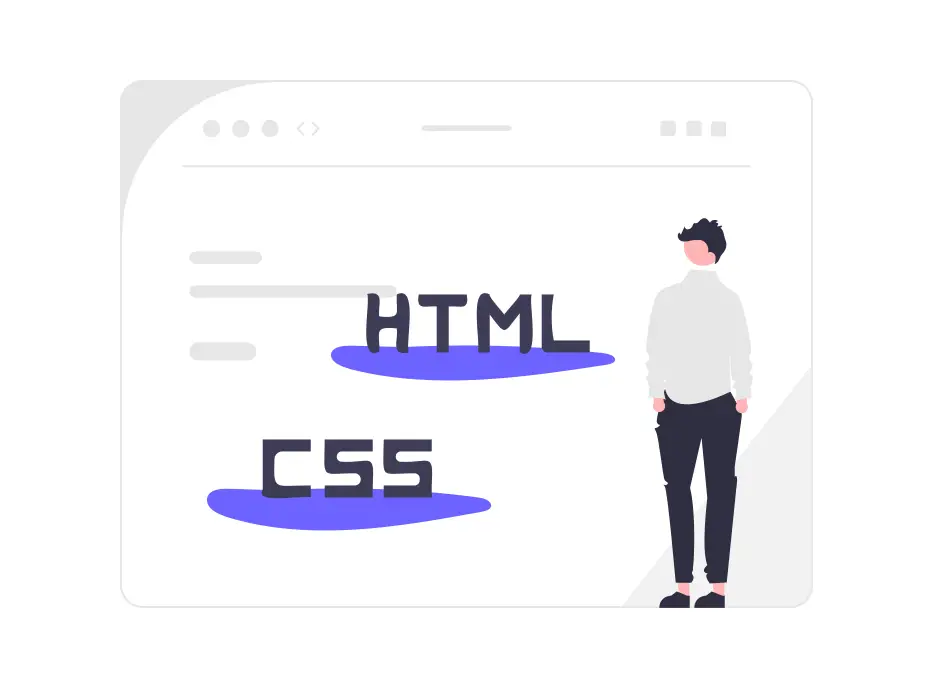
After determining how you will develop your web application, you will need to consider how to save your data.
For your web applications, you may use database systems such as MariaDB, PostgreSQL, or MySQL.
Based on your preference and knowledge of these database systems, you are free to use any of them for your Django projects.
So, to create a website using Python Django, you will need to think of how you will develop and structure a solution in the form of business logic code, storing data in a database, and designing the frontend part of your application.
A complete Django website will have these three parts:
- The database,
- Business logic, and
- The frontend design.
Depending on how large your Django project is, you may use various CSS styling methods or CSS frameworks and JavaScript frameworks for the frontend side of your application.
You use Python and Django code to develop the business logic.
Finally, use relational databases such as MySQL, PostgreSQL, and MariaDB to store data for your smart website.
You will need to learn SQL language to understand how Django models work to create databases. Moreover, understand concepts such as database tables, queries, knowing how data is stored, relationships, e.t.c.
You may prefer to use the default Django relational database or opt for PostgreSQL, MariaDB, MySQL, or Oracle database systems.
Choosing a database for your Django web application
You may choose to use the default Django database for your Django projects.
The default Django default database is SQLite3, which is ideal for local development purposes.
SQLite database is a lightweight database system that you can use for local development.
Django documentation does not recommend using the SQLite3 database for production websites.
However, you may use SQLite3 for very low-traffic websites.
Here’s why you should not use SQLite3 for large production Django websites:
1. SQLite database lacks the support for multiuser capabilities.
Your web application will not be able to handle multiple users accessing or updating the database simultaneously because SQLite3 does not provide concurrency.
SQLite3 only allows one write operation at a given time, which significantly limits the write operations of a web application.
2. SQLite databases are vulnerable to file corruption
SQLite3 comes as a file making it vulnerable to disk drive or flash memory failure.
Your database will most likely be corrupt if you ever face a disk or memory failure on your web server.
3. SQLite databases are not optimized
Performance optimization is hard to implement for an SQLite database.
If your website handles many users, consider other powerful database management systems such as MySQL, MariaDB, and PostgreSQL.
What is the best database for Django websites?
The preferred database for Django is PostgreSQL because it is more robust and stable compared to other database management systems such as MySQL and Oracle. Moreover, PostgreSQL is an object-relational database making it the most suitable for storing geographical data.
Thus, if you’re going to develop geographic web applications using GeoDjango, PostgreSQL is the go-to database management system.
However, that does not that you have to stick with PostgreSQL for all your Django web applications.
Other database management systems such as MySQL, Oracle, and MariaDB are suitable for Django web applications.
Should I use MySQL or PostgreSQL with Django?
You should use PostgreSQL for your Django projects because it provides robust features and stability for your Django web application. If you aim to store geographical data or are more knowledgeable in using PostgreSQL, then PostgreSQL should be the preferred database management system.
If you are more comfortable using MySQL, you don’t have to learn PostgreSQL. MySQL will work fine with your Django website. Django web framework is compatible with PostgreSQL and MySQL database management systems.
You can easily connect your Django application to PostgreSQL using the psycopg2 database connector.
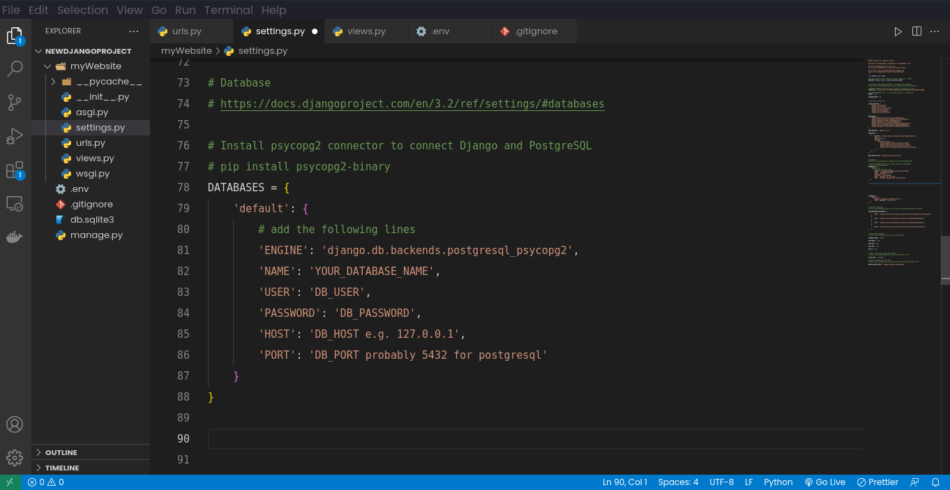
For MySQL, you may use the mysqlclient connector to connect to your Django application.
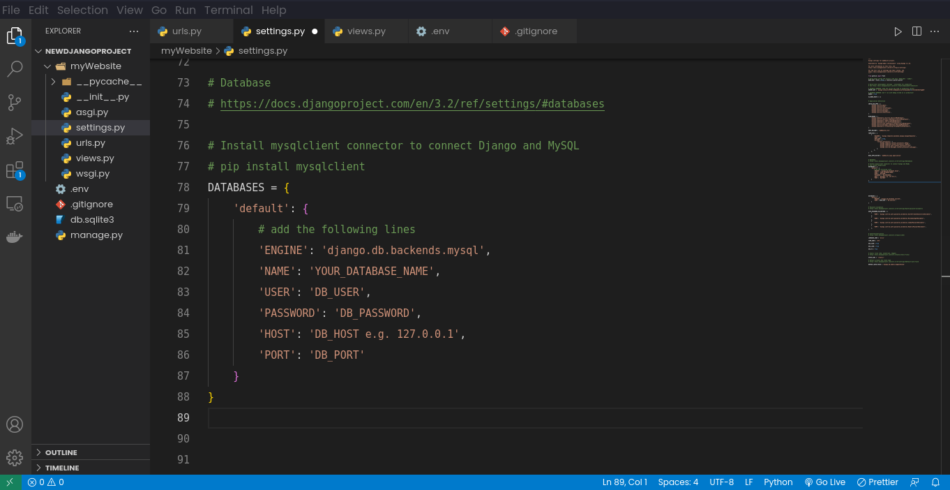
Both PostgreSQL and MySQL are versatile object-relational and relational databases suitable for all kinds of Django projects.
Therefore, there is little distinction between them except for how data is stored.
PostgreSQL is an object-relational database making it suitable to store data using an object-oriented database model. Such a model allows storage of data such as geographical data, 3D models, e.t.c.
Other than how data is stored, you can use any database management system based on your preference and knowledge.
Does Django support NoSQL?
Django does not officially support NoSQL databases such as MongoDB. However, you may use non-standard fork projects that allow you to use NoSQL databases for your Django projects.
- Django does not support NoSQL databases because they do not provide dynamic operations capabilities.
- Moreover, NoSQL databases do not guarantee atomicity, consistency, isolation, and durability of data for transaction-oriented or real-time web applications.
As a beginner, you should stick with SQL database systems for your Django projects.
Building a career with Django
If you asked if Django web development is a promising career, I would tell you that it is probably the best.
If you aspire to be a web developer, choosing Django stack is the best option as it allows you to develop web applications fast.
Besides rapid development, Django web applications are easily scalable, ranging from the development of simple to very complex websites.
For example, using Django, you can build simple websites to complex web applications such as Instagram.
On top of what Django offers to web developers, the Django web development field has received much attention from companies and individuals.
That means that you will not lack opportunities in terms of freelance and hiring jobs.
Django’s web development market is growing fast, and it has gained recognition from various agencies and FAANG companies.
Besides, Django is a mature web framework that will stay for a while.
So, if you’re indecisive if the Django developer career is good for you, I promise you that if you learn the art and expose yourself to the market, you will never miss an opportunity.
Python Django is used by mid-level to expert web developers to develop medium to very complex web applications.
Companies such as Google have used Django in the development of web applications such as Instagram, YouTube, e.t.c.
As big companies and individuals have realized the potential Python Django offers, it has led to the adoption of Django as a preferred web framework for web development.
Python Django continues to grow with more support from big corporations and the open-source community.
As a web developer, available job opportunities grow increasingly with its adoption.
Becoming a Django web developer
If you want to be a Django web developer, you need to:
- Learn web development basics,
- Learn a markup language such as HTML,
- Learn CSS and a scripting language such as JavaScript,
- Learn Python, and finally
- Learn Django.
On top of that, before you start diving into Django basics, you should know how the web works.
Understand how requests and responses are made whenever one accesses a website using a browser.
Understand the interaction between a server and a client application and how they communicate with each other.
Find more information on how the web works in this article.
Next, learn the HyperText Markup Language (HTML) and CSS and build basic static websites.
The goal here is to know how to create web pages and design them to look attractive to users.
You will use these skills in your web development career.
After you have mastered the art of creating and designing web pages, you should start to learn Python programming language.
Django is built using Python.
The syntax used in Django code is pretty much the same as that of Python.
Thus, you will need to learn Python before you start writing code using Django.
When learning Python, ensure you understand how classes, functions, and inheritance work.
The most important thing is understanding object-oriented programming concepts as applied in Python.
If you feel confident in the Python concepts mentioned, you should learn Django and start creating simple websites.
You will have to practice enough to be a better Django web developer.
Practice and make it perfect!
So,
- Create a couple of projects and upload them on GitHub.
- Participate in volunteer developer jobs.
- Then start to take simple Django web developer freelancing jobs on platforms such as Fiverr or Upwork.
Start small, and you will become better with time.
Later, you can do the large projects that pay well.
If you are not using Django for your web development purposes, you’re not only missing out on the high-paying jobs but also the following advantages that Django has to offer.
In summary,
Django is a versatile Python web framework for developing web applications that you can integrate with many other software solutions, plugins, and web technologies.
Django offers a wide range of out-of-the-box features that make web development tasks easier and faster.
Moreover, learning Django is like learning Python, the easiest programming language for a beginner.
What are you waiting for?
Learn Python Django!

